Advantages and Disadvantages of Artificial Intelligence in Education
The impact of AI (Artificial intelligence) Technology on Education is a very broad area to cover, with innovations that can benefit the school systems and enhance educational possibilities. AI gives us so many opportunities in our Classrooms, as well as some significant challenges. The AI Technology is multifaceted having a great impact on students, teachers and policy makers. This article looks into Kaufman’s transformational vision for U.S. education – Will Artificial Intelligence tecnología improve the schooling system? – while endeavoring the limitations to utilizations that focuses on ethics.
The Advantages of Artificial Intelligence in Education
Customized Learning
The clear and foremost benefits of AI in education are in pre-existing systems where AI Platforms help and guide students by analyzing their performance data and personalizing content according to that data. For instance, in math lessons, MATHia AI from Carnegie learning can help students on their own hast to ensure that he or she masters the subject. Such leaning prevents students from not just being bored and frustrated, but engaged too. Furthermore, personalized learning improves the students’ academic performance by remedial help pertaining to their specific abilities and shortcomings.

Efficiency and Automation
Automation through AI increases efficiency and pays attention to educator pedagogical practices. Grading bots, for example, are able to grade quizzes in minutes and provide feedback, thus relieving the evaluative burden on teachers. Chatbot services also manage most routine questions from students, making administrative work more efficient. PowerBuddy, for instance, can help with posting assignments, thus enabling students to devote their limited time effectively. Such efficiencies enable educators to dedicate more time and engage in productive teacher-student interactions instead of focusing on meaningless administrative tasks.
Accessibility and Inclusivity
AI breaks down the barriers of inclusivity by ensuring that all learners are provided with an education. Programs such as speech to text and text to speech assists those learners classified as disabled enabling them to access the contents. AI also converts educational resources into different languages which can be accessed by those who do not speak the English language. For instance, AI technologies strive toward overcoming the barriers created by geographical bounds. AI encourages inclusivity whereby learners face fewer constraints regardless of disability or languages.
Insights Gained from the Analysis of Data
An important role of Artificial Intelligence is analyzing enormous datasets, which aids educators. Learning analytics automatically tracks student engagement and helps pinpoint where students are having difficulty so that timely intervention can take place. One example is Powerschool whose AI tools enable teachers to monitor trends and alter their teaching strategies appropriately. Such insights allow informed decision making and subsequently, improved teaching effectiveness. In addition, such tools facilitate the adoption of evidence-based methods for curriculum development, which bolsters the effectiveness of education.
The Disadvantages of Artificial Intelligence Integration in Education
Privacy Issues and Safety Risks
One of the major drawbacks of Artificial Intelligence in the education sector is the concern of privacy and data security issues. The AI requires huge datasets of students’ information such as their grades and behavior, all of which risk being mismanaged and compromised. As indicated by University Canada West, there is a need for more data protection measures like GDPR and FERPA compliance that protects the students’ data. In the absence of these measures, the reliability of the AI systems is bound to be null, adversely affecting their acceptance.
Potential for Bias
Due to the biases included in their training data, AI systems can produce unfair results. For instance, an AI grader based on English speaker essays may discriminate against non-native writers even when their submissions are correct. Stratx Simulations has conducted a study where eighty-three point one percent of 555 AI models exhibited bias risk. As an educational concern, data collection and monitoring processes need to be streamlined to ensure fairness and bias mitigation.
Over Reliance on Technology
Dependence on AI can reduce students’ cognitive skills and ability to solve problems. AI cannot foster independence or creativity, even when it provides direction. Aegis Softtech cautions overreliance on AI tutors may deprioritize traditional learning strategies. Relying exclusively on AI aids can mar the quality of education as vital skills development would be overlooked. Instruction from humans, guided by AI, would be ideal for a balanced educational approach.
Cost and Accessibility Issues
AI application in the educational context proves expensive one way or the other, which underfunded schools will struggle with. This could widen the digital divide, leaving some students without advanced tools. Dunrex highlights that unrestrictive access is essential to avoid widening education gaps. These pupils will require financial support together with inclusive infrastructures to level the aid gap among students from varying financial backgrounds.
Conclusion
The pros and cons of artificial intelligence in education underscore its transformative possibilities as well as its troubling challenges. AI technology has the capability of personalizing lessons, improving efficiency, and providing insight through data analytics, however, it also poses risks in terms of privacy, bias, dependency, and access. A responsible framework is essential, one that allocates help while dealing with risk factors. If educators emphasize the security of data, acceptable discrimination, and appropriate resource distribution, AI will be able to augment—rather than replace—the vital components of education.
Recommendations for Visuals
To improve infographic engagement, add infographics depicting the advantages and disadvantages of AI. Serving SEO and readability purposes, a chart displaying the rate of AI adoption in schools or a diagram demonstrating features of personalized learning pathways would add value. Capture alt texts such as “Infographic comparing advantages and disadvantages of AI in education” to enhance accessibility.
/galaxy-s26-gets-smarter-samsung-taps-perplexity-ai-for-future-phones/
/nintendo-switch-2-release-date-price-and-features/
/playstation-state-of-play-june-2025-what-you-should-prepare-for/
/nintendo-switch-2-at-walmart-here-is-how-you-can-pre-order-it/
/apple-ios-26-expected-features-after-the-upcoming-announcement/
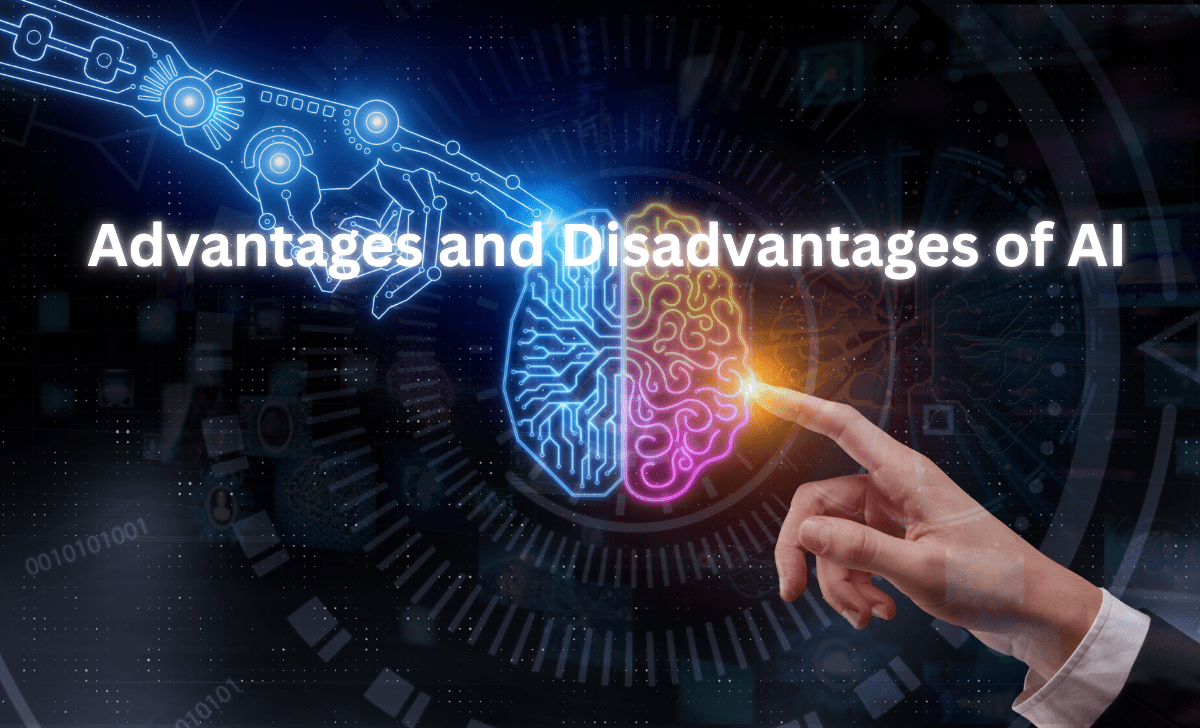
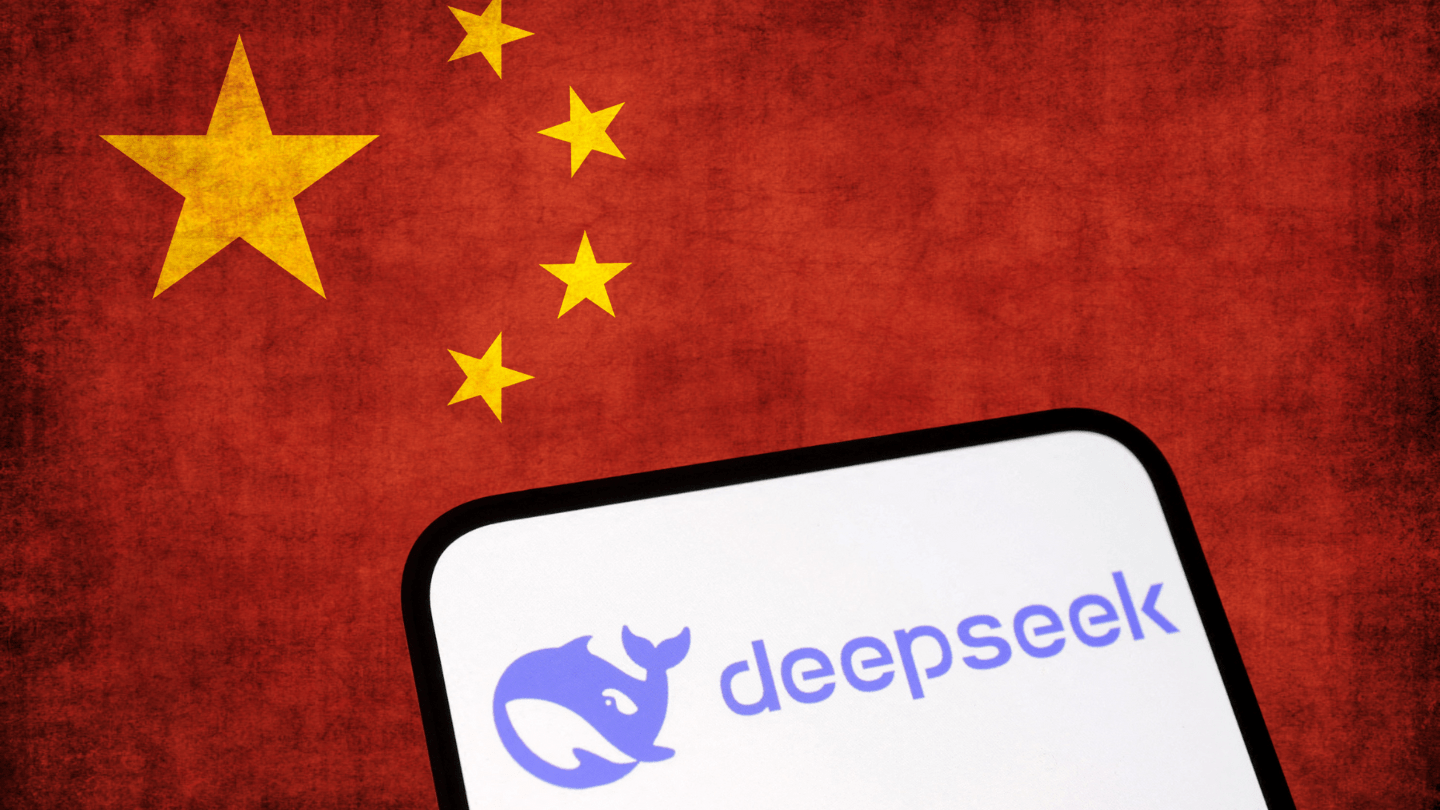
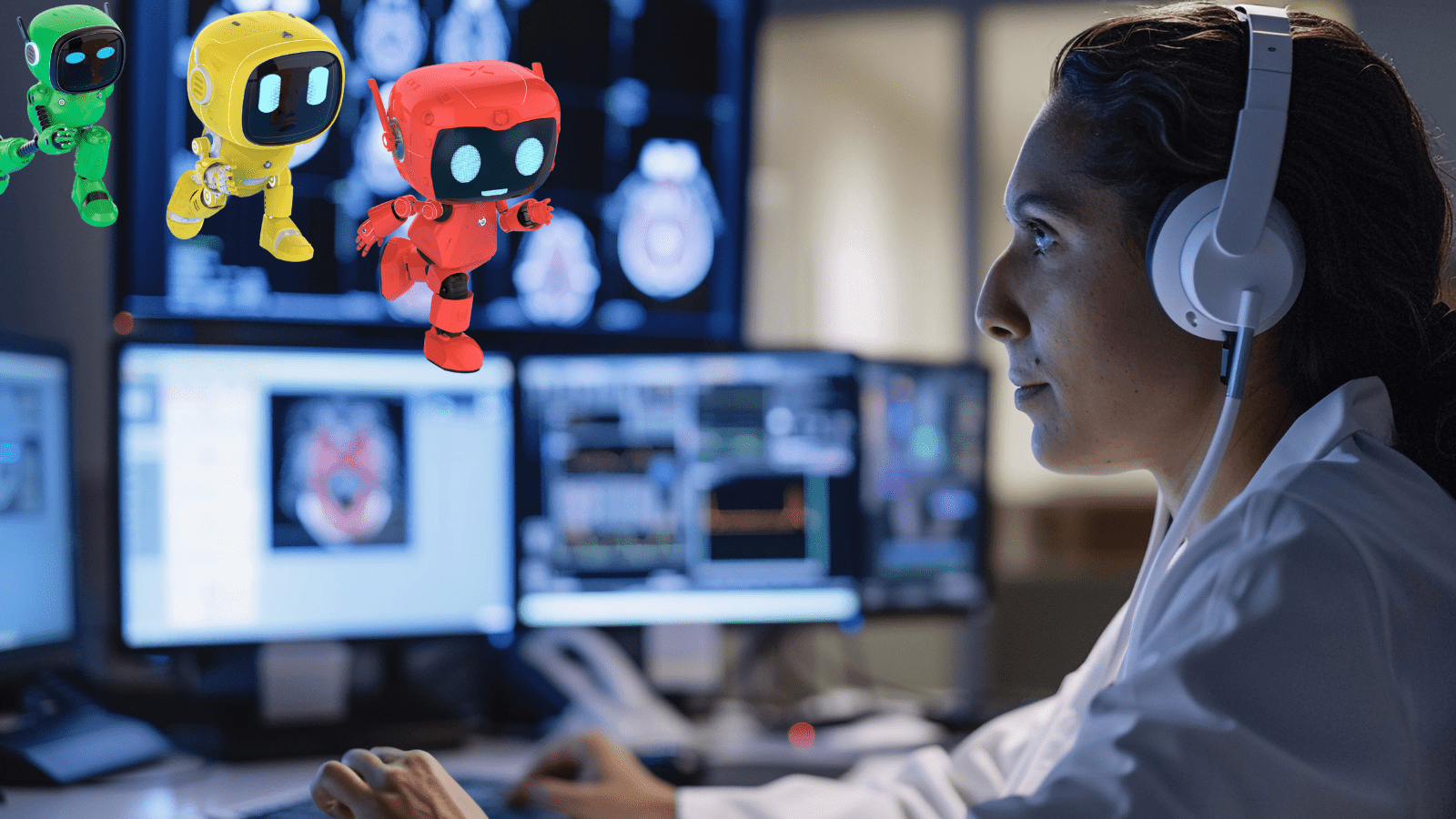




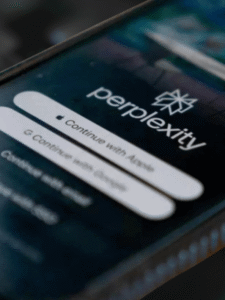





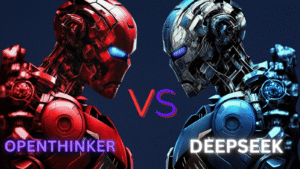


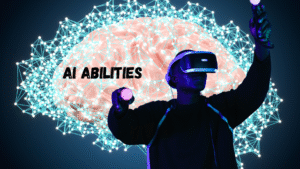

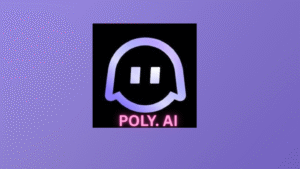
Post Comment